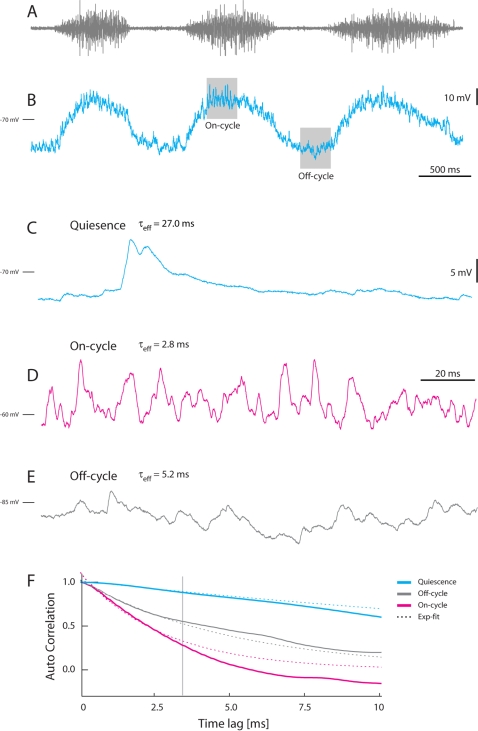Figure 4. Temporal characteristics of sub-threshold Vm-fluctuation in motoneurons during quiescence and in the on- and off-cycle during scratching.
(A) Hip-flexor nerve recording during scratch. (B) Concurrent Vm in MN, spikes avoided with −2.5 nA hyperpolarizing current. Shaded regions mark the selected area of on- and off-cycle illustration below. Sample trace of Vm in quiescence (C) (note time-course of spontaneous synaptic potentials) and in the on-cycle (D) and off-cycle (E). D and E are from the shaded boxes in B. (F) The auto-correlation sequence of each sample trace. Blue is from quiescent trace (C), gray is from the off-cycle trace (E), and red is the on-cycle trace (D). The effective time constant of each trace is obtained by fitting an exponential decay function (broken lines) to the initial 3 ms (until the vertical gray line). The time constants are τeff = 2.8 ms (on-cycle activity), τeff = 5.2 ms (off-cycle activity) and τeff = 27.0 ms (quiescence). C–E are on the same time scale.

